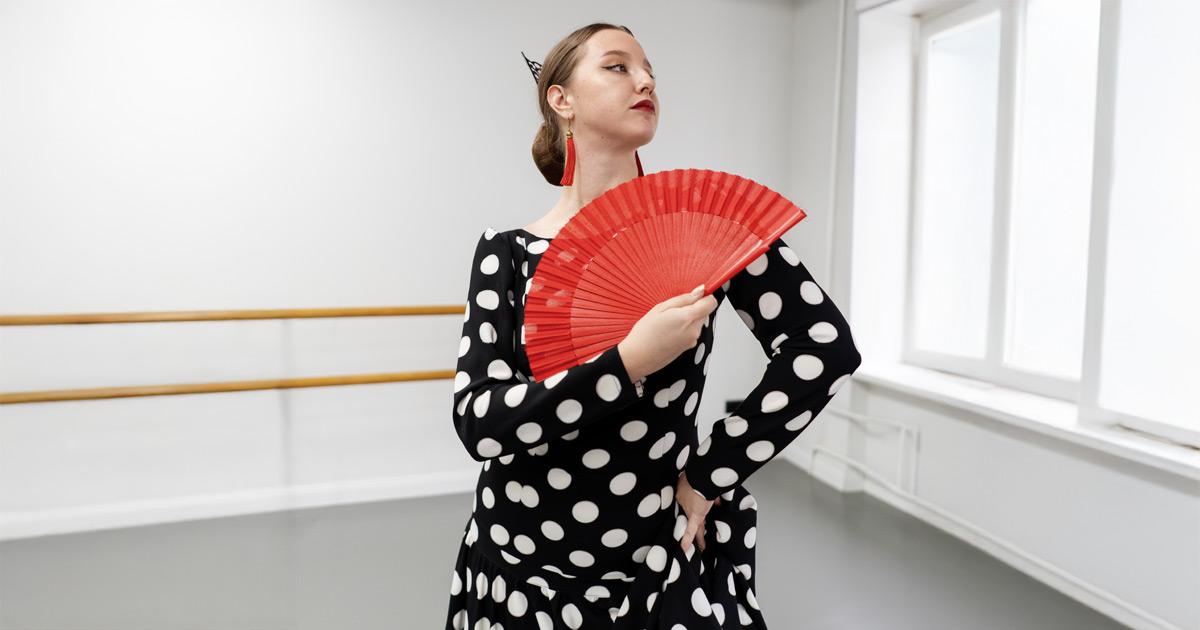
Spanish Fans: A Symbol of Elegance and Culture
Spanish fans, also known as abanico, are an integral part of Spanish culture and tradition. While they may seem like just a fashion accessory, these fans have a rich history, deeply rooted in Spanish heritage and daily life.
At the end of the 16th century, fans began to appear in European courts, and Spain became one of the main centers of their production. At that time, fans became not only a functional tool for cooling down, but also an important element of fashion and communication.
Culture and Symbolism
In Spain, fans have a rich symbolism and play an important role in the culture. In the past, they were used not only for cooling, but also as a way to express emotions and communicate in company. At a time when society was more formal, fans served as a subtle means of expression, conveying emotions such as love, interest or disapproval without the use of words.
Contemporary Spanish fans are often decorated with beautiful hand-painted designs that can depict anything from traditional motifs to modern, artistic compositions. Fans are made from a variety of materials, such as wood, paper, silk and wicker, each reflecting different aspects of Spanish arts and crafts.
Today, Spanish fans are as popular as in the past. They can be found on the streets, in restaurants or even in churches. In summer, when the heat is annoying, fans become a practical and stylish solution for everyone.
In cities such as Madrid and Seville, fans are often part of local festivals and traditions. During flamenco or corrida festivals, fans are not only part of the costume, but also an integral part of the artistic performances. Flamenco dancers use fans as props that add elegance and drama to their performances.
Spanish fans are much more than just cooling accessories. They are a symbol of Spanish elegance and culture, combining rich history with modern style. These small works of art, which continue to reflect Spain's rich heritage and enduring elegance, are worth noting.







